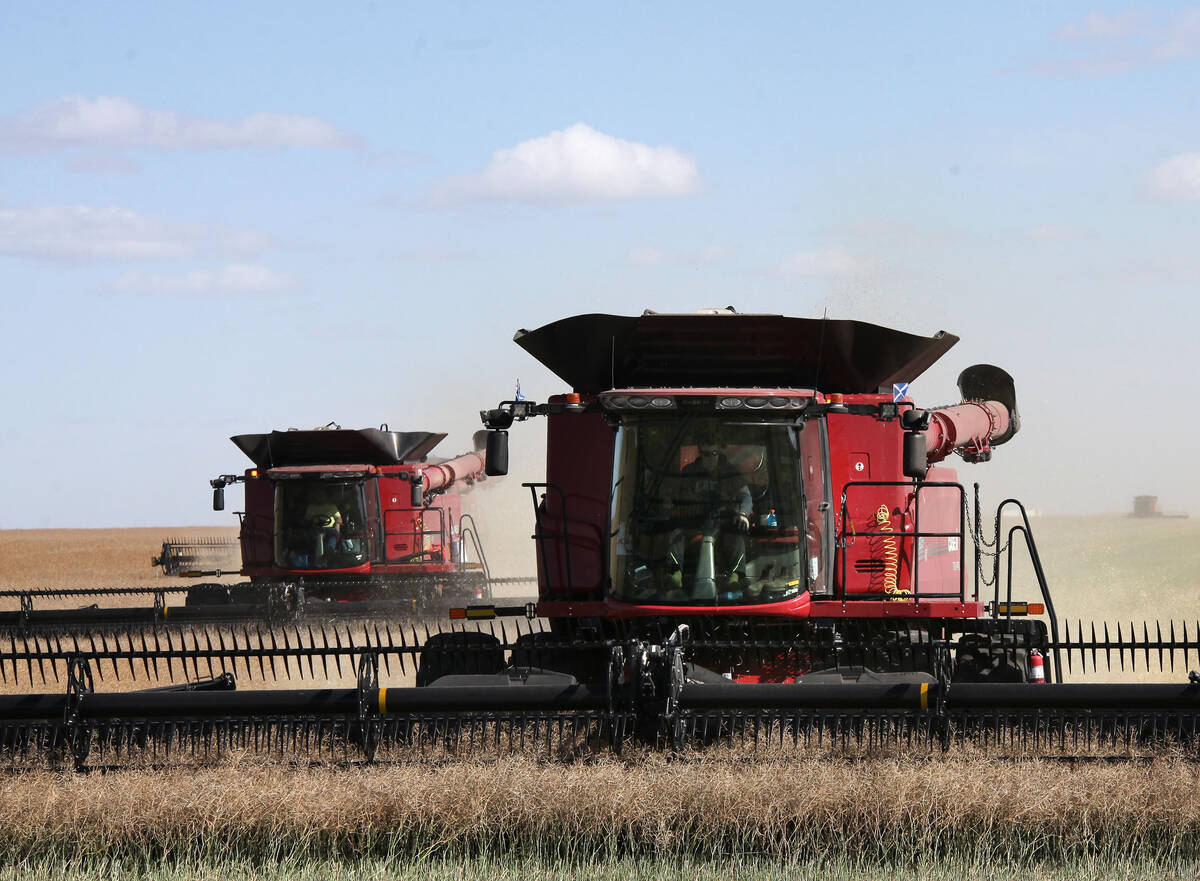Glacier FarmMedia | MarketsFarm — Warm, dry weather has allowed growers in Saskatchewan to get ahead in spring seeding.
Farmers in the province have planted 18 per cent of the expected 2025 crop as of May 5, as reported in the province’s first crop report of the season released on May 8. The five-year average at this time of year was 10 per cent, while the 10-year average was 12 per cent. Producers took advantage of dry weather in the final two weeks of April despite storms throughout the rest of the month.
Read Also

Notable changes in exports to China, India
China and India figured prominently in the September export data issued by the Canadian Grain Commission on Nov. 7. For the most part, the CGC’s numbers highlighted issues with grain, oilseed and pulse exports from licensed facilities to those countries.
The most rainfall during the week ended May 5 was reported around Alida in the southeast corner of the province at 16 millimetres.
The southwest region was 43 per cent complete, followed by the northwest at 15 per cent, the southeast at 14 per cent, the west-central region at 11 per cent and the east-central and northeast regions at nine per cent.
Saskatchewan’s lentil crop was 34 per cent planted, with durum (33 per cent), triticale (31 per cent) and field peas (31 per cent) not far behind. Chickpeas were 28 per cent planted, while mustard was at 21 per cent. Barley and spring wheat crops were 19 per cent and 13 per cent planted, respectively. Canola was 10 per cent seeded, followed by flax (six per cent), perennial forage (five per cent), canary seed (four per cent), oats (four per cent) and soybeans (less than one per cent).
Topsoil moisture for cropland was rated at three per cent surplus, 78 per cent adequate, 16 per cent short and three per cent very short. Moisture for hayland was reported at one per cent surplus, 71 per cent adequate, 22 per cent short and six per cent very short. Pasture topsoil moisture conditions were reported at one per cent surplus, 68 per cent adequate, 23 per cent short and eight per cent very short.
Spring runoff was reported in late April, with provincial data indicating 30 per cent below normal, 55 per cent normal and 15 per cent above normal. Seventy-six per cent of crop reporters said that the amount of runoff received would be sufficient to replenish dugouts and other water bodies within their area. But 52 per cent of respondents in the southwest region said the amount of runoff may not be sufficient to replenish dugouts within their area.
Six per cent of pastures were in excellent condition in late April, 42 per cent were reported to be in good condition, 36 per cent were reported as fair, 13 per cent were reported as poor, and three per cent were very poor.














